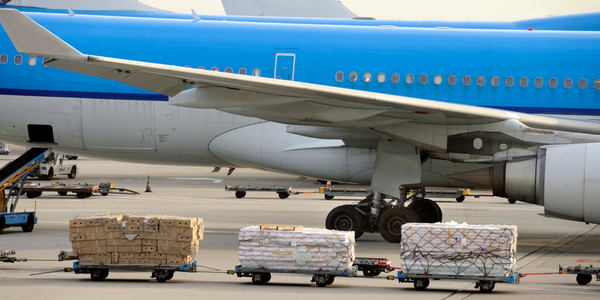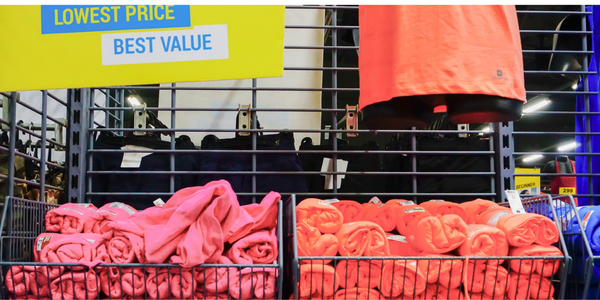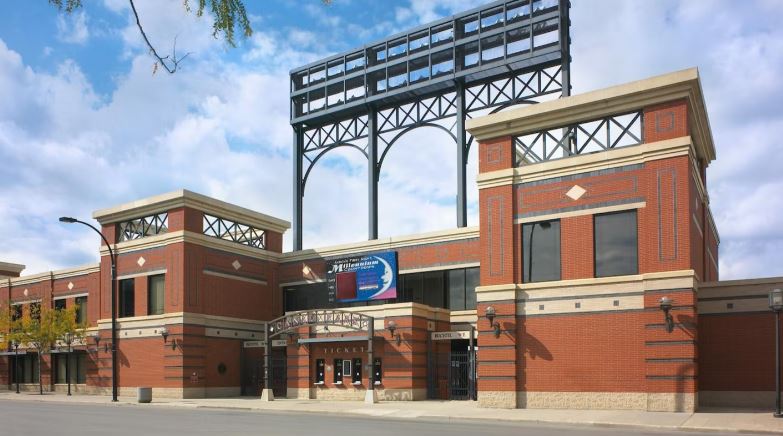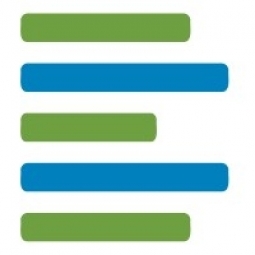公司规模
Large Corporate
国家
- Worldwide
产品
- Benchmark ESG | Gensuite
- Action Tracking System
- Incidents & Measurements
- Sustainability Reporting/Environmental Metrics
- Industrial Hygiene
技术栈
- Single Sign On
- HR directory
- 3rd party risk management system
实施规模
- Enterprise-wide Deployment
影响指标
- Cost Savings
- Productivity Improvements
- Digital Expertise
技术
- 平台即服务 (PaaS) - 数据管理平台
适用行业
- 玻璃
适用功能
- 离散制造
- 质量保证
用例
- 过程控制与优化
- 供应链可见性(SCV)
服务
- 云规划/设计/实施服务
- 系统集成
关于客户
The customer is a global company in the glass and ceramic materials industry. The company is dynamic and embraces the ethos of business growth, continuous innovation, and global expansion. The company has operations across more than 100 sites around the world and has a company size of $11.4 billion (USD). The company's global expansion and continuous growth have driven the need for a digital EHS&S platform that can improve operational efficiencies, increase data integrity and reporting consistency, and scale to match the company's continuous global growth.
挑战
The company, a global player in the glass and ceramic materials industry, was experiencing rapid growth and expansion. This growth brought about the need for standardization of processes to improve operational efficiencies, increase data integrity and reporting consistency, and ensure scalability to match the company's global growth. The company also needed a platform that would facilitate effective collaboration and communication across business segments. However, as the company grew, functions became more disconnected and departments became more siloed without the help of technology. The company was in search of a digital platform that could address these challenges.
解决方案
The company chose Benchmark ESG | Gensuite as their digital platform solution. The platform was selected for its configurable software that supports the requirements of regulatory agencies across the world, its ability to replace multiple providers with a single, powerful and unified solution, and its quick and effective implementation. The Benchmark team worked closely with the company's EHS&S leadership team to target the suite of application modules that would meet their digital platform and transition objectives. The team then focused on defining and implementing the specific application configurations that would address both global and regional program standardization drivers within these modules, as well as the needs of business segments and key sites for process execution and workflow. The Benchmark team enabled the following solution suite to be ready for user acceptance testing (UAT), final self-service configuration, and deployment readiness in Phase 1 of the launch: Action Tracking System, Incidents & Measurements, Sustainability Reporting/Environmental Metrics, and Industrial Hygiene.
运营影响
数量效益

Case Study missing?
Start adding your own!
Register with your work email and create a new case study profile for your business.
相关案例.
.png)
Case Study
Discrete Manufacturing Industries (Fiberglass Pipe)
The implementation of ERP software in a Discrete Manufacturing organization needs to be strategic, irrespective of its size and capacity. The client had already implemented an ERP system which fulfilled their requirements but was not efficient enough. Efficiency here meant Synchronized Planning, Updating and Multisite Planning. Planning at client’s place was done outside the ERP system. Lack of proper synchronization to the ERP system paved way to huge delays in the changes getting updated in the system. These delays caused disruption in achieving delivery schedules. Multisite Planning is a solution to an organization which has multiple production units (may or may not be geographically separated) and thus needs planning across these units to synchronize production activities within them. The client also has multiple factories and hence Production Planning control is very essential in their case. Since Multisite planning was not possible with Baan ERP system, this was another bottleneck for the client.

Case Study
Asia Airfreight Terminal Enhances Operational Efficiency with CommScope's RUCKUS Solutions
Asia Airfreight Terminal (AAT), a leading cargo handling company based out of Hong Kong International Airport, was facing challenges with its Wi-Fi network, which was critical for the functioning of its automated Material Handling System (MHS) within the warehouse. Any interference or lost signals could directly impact their operational efficiency. AAT also had separate networks for their office and CCTV cameras, which made the job of their data center challenging. The company was in search of a Wi-Fi network configuration that could streamline their networks and reduce its network management workload. AAT was already running on equipment from a competing vendor, and the new solution needed to prove its worth in scalability and reliability.

Case Study
Halvor Lines Enhances Driver Safety with Netradyne Driveri®
Halvor Lines, a trucking company with a strong commitment to driver safety, was facing the challenge of protecting their drivers and the company from false claims in an increasingly litigious environment. The company was in search of a video and vision-based recognition safety program that could align with their existing driver safety and recognition strategies. They wanted a solution that would not only strengthen their industry-leading initiatives but also be driver-friendly, helping to develop driver skills and enhance positive safety habits. The solution needed to provide significant value without requiring the inside lens of the truck to be turned on, a feature that could potentially alienate drivers.

Case Study
High Density Stacking Capability Enhances Productivity in 3D Part Production at Decathlon
Decathlon, the world’s largest sporting goods retailer, was faced with a mold injection problem on a small component for shooting glasses that connects the frame to the lenses. The company was seeking a solution that would avoid the expense of tooling and increase efficiency in production. They decided to test the new 3D stacking solution developed by 3D Systems to evaluate additive manufacturing for production. After conducting a feasibility study on the Figure 4 solution and stacking feature, Decathlon’s teams confirmed the productivity and economics of additive manufacturing and decided that this solution could be considered for batch-run production of the final product.

Case Study
Akron Energy Systems: Enhancing Efficiency and Customer Service with IoT
Akron Energy Systems (AES) is a community energy system operator in Akron, Ohio. They facilitate the transition from on-site energy production to community energy systems, thereby reducing building owners’ total cost of ownership by taking over building system upkeep and maintenance. However, AES was facing challenges with the existing control solutions at customer locations, which often required them to make site visits to diagnose and correct system issues. This was not only time-consuming but also inefficient. To improve customer service and streamline their internal processes, AES needed a control solution that could provide remote access, analytics, and alert capabilities under a single pane of glass. This would enable them to diagnose customer problems quickly without the need for site visits and provide their customers with powerful portfolio-wide insight.

Case Study
Ubisoft’s Operational Efficiency and Innovation Boosted by Rancher Prime
Ubisoft, a global gaming company, was facing challenges in managing its complex hybrid cloud and on-premises architecture. The company had adopted Kubernetes for its strategic solution set, but the lack of a formal orchestration strategy led to cluster sprawl. Different teams were working in various environments, including AWS ECS and Docker Swarm, leading to an unmanageable growth of the estate. The company needed a solution that would provide a unified and consistent development methodology, automate basic deployment processes, and manage the entire Kubernetes estate through a single pane of glass. Additionally, Ubisoft wanted to optimize workflows, save time, and allow developers the freedom to develop in their own way.







